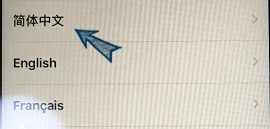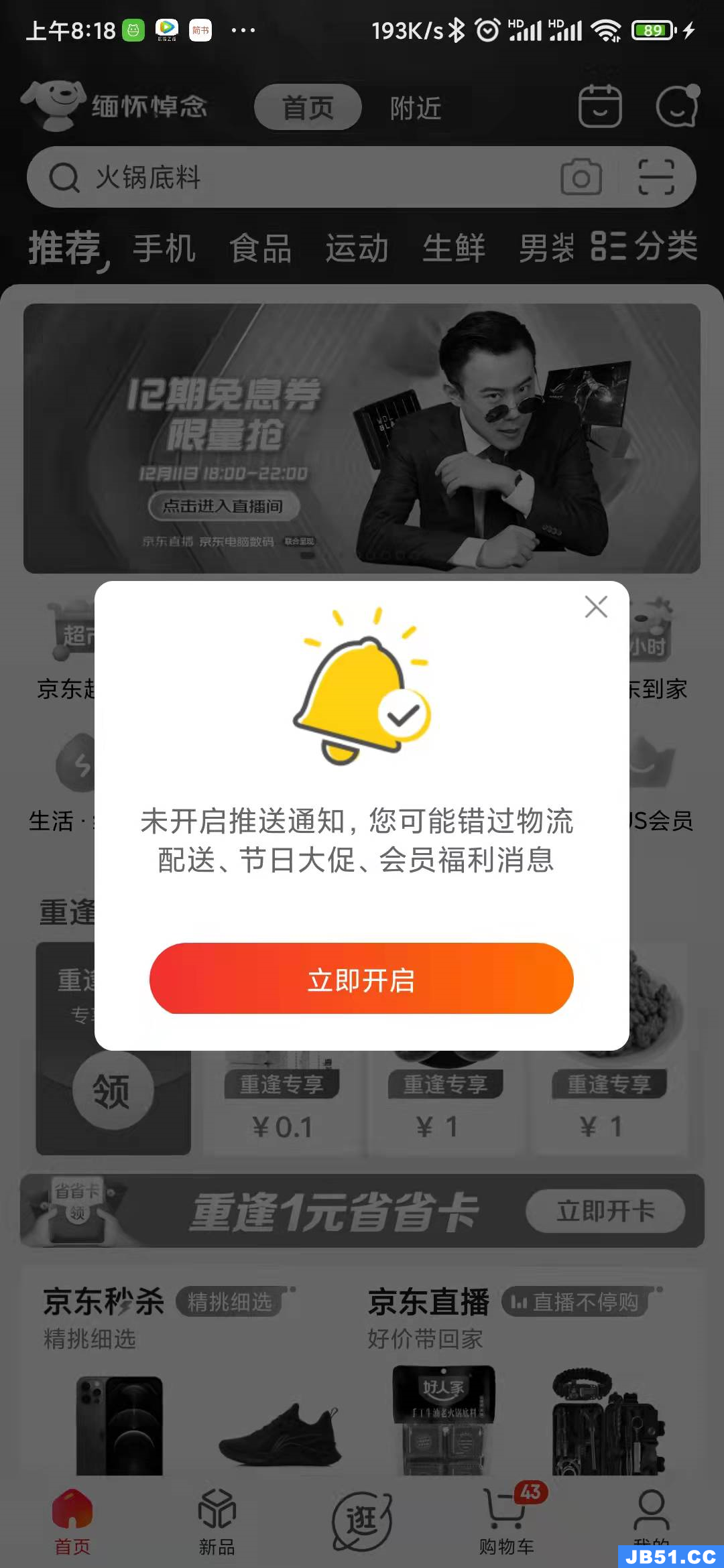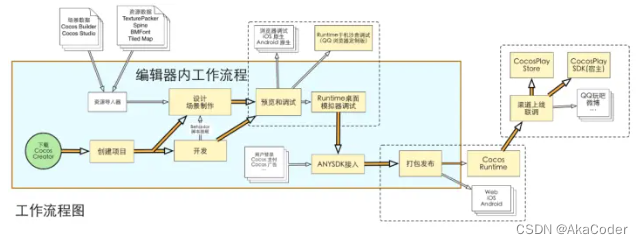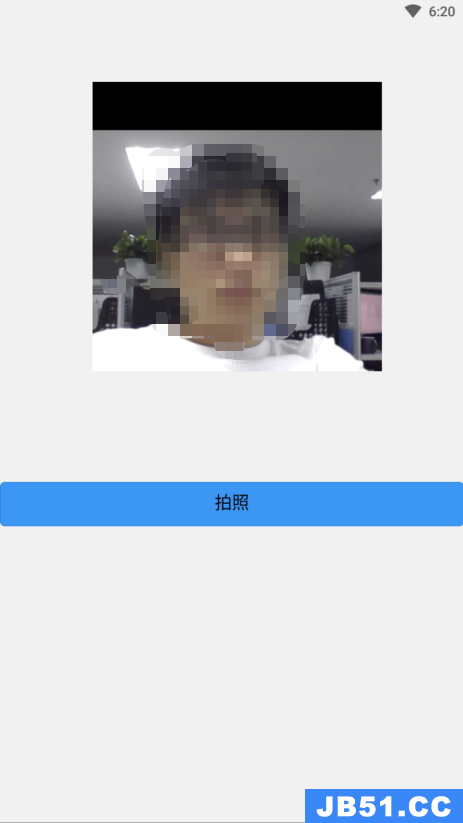我在
xcode 7.0上使用
Swift 2.0编写ios app.在更新到最新版本的xCode 7.1之前,完全相同的代码完全正常
更新后,我收到此错误:
Ambiguous use of ‘subscript’
在这些方面:
override func layoutAttributesForItemAtIndexPath(indexPath: NSIndexPath) -> (UICollectionViewLayoutAttributes!) {
return self.itemAttributes[indexPath.section][indexPath.row] as! UICollectionViewLayoutAttributes
}
这是全班:
class CustomCollectionViewLayout: UICollectionViewLayout {
var numberOfColumns = 7 // the number of columns
var itemAttributes : NSMutableArray!
var itemsSize : NSMutableArray!
var contentSize : CGSize!
func setColumnNumber(columnNum: Int) {
numberOfColumns = columnNum
}
override func prepareLayout() {
if self.collectionView?.numberOfSections() == 0 {
return
}
if (self.itemAttributes != nil && self.itemAttributes.count > 0) {
for section in 0..<self.collectionView!.numberOfSections() {
let numberOfItems : Int = self.collectionView!.numberOfItemsInSection(section)
for index in 0..<numberOfItems {
if section != 0 && index != 0 {
continue
}
let attributes : UICollectionViewLayoutAttributes = self.layoutAttributesForItemAtIndexPath(NSIndexPath(forItem: index,inSection: section))
if section == 0 {
var frame = attributes.frame
frame.origin.y = self.collectionView!.contentOffset.y
attributes.frame = frame
}
if index == 0 {
var frame = attributes.frame
frame.origin.x = self.collectionView!.contentOffset.x
attributes.frame = frame
}
}
}
return
}
if (self.itemsSize == nil || self.itemsSize.count != numberOfColumns) {
self.calculateItemsSize()
}
var column = 0
var xOffset : CGFloat = 0
var yOffset : CGFloat = 0
var contentWidth : CGFloat = 0
var contentHeight : CGFloat = 0
for section in 0..<self.collectionView!.numberOfSections() {
let sectionAttributes = NSMutableArray()
for index in 0..<numberOfColumns {
let itemSize = self.itemsSize[index].CGSizeValue()
let indexPath = NSIndexPath(forItem: index,inSection: section)
let attributes = UICollectionViewLayoutAttributes(forCellWithIndexPath: indexPath)
attributes.frame = CGRectIntegral(CGRectMake(xOffset,yOffset,itemSize.width,itemSize.height))
if section == 0 && index == 0 {
attributes.zIndex = 1024;
} else if section == 0 || index == 0 {
attributes.zIndex = 1023
}
if section == 0 {
var frame = attributes.frame
frame.origin.y = self.collectionView!.contentOffset.y
attributes.frame = frame
}
if index == 0 {
var frame = attributes.frame
frame.origin.x = self.collectionView!.contentOffset.x
attributes.frame = frame
}
sectionAttributes.addObject(attributes)
xOffset += itemSize.width
column++
if column == numberOfColumns {
if xOffset > contentWidth {
contentWidth = xOffset
}
column = 0
xOffset = 0
yOffset += itemSize.height
}
}
if (self.itemAttributes == nil) {
self.itemAttributes = NSMutableArray(capacity: self.collectionView!.numberOfSections())
}
self.itemAttributes .addObject(sectionAttributes)
}
let attributes : UICollectionViewLayoutAttributes = self.itemAttributes.lastObject?.lastObject as! UICollectionViewLayoutAttributes
contentHeight = attributes.frame.origin.y + attributes.frame.size.height
if( contentWidth == 0 || contentHeight == 0){return;}
self.contentSize = CGSizeMake(contentWidth,contentHeight)
}
override func collectionViewContentSize() -> CGSize {
if( self.contentSize != nil){
return self.contentSize
}else {
return CGSizeMake(0,0)
}
}
override func layoutAttributesForItemAtIndexPath(indexPath: NSIndexPath) -> (UICollectionViewLayoutAttributes!) {
return self.itemAttributes[indexPath.section][indexPath.row] as! UICollectionViewLayoutAttributes
}
override func layoutAttributesForElementsInRect(rect: CGRect) -> [UICollectionViewLayoutAttributes]? {
var attributes = [UICollectionViewLayoutAttributes]()
if self.itemAttributes != nil {
for section in self.itemAttributes {
let filteredArray = section.filteredArrayUsingPredicate(
NSPredicate(block: { (evaluatedObject,bindings) -> Bool in
return CGRectIntersectsRect(rect,evaluatedObject.frame)
})
) as! [UICollectionViewLayoutAttributes]
attributes.appendContentsOf(filteredArray)
}
}
return attributes
}
override func shouldInvalidateLayoutForBoundsChange(newBounds: CGRect) -> Bool {
return true
}
func sizeForItemWithColumnIndex(columnIndex: Int) -> CGSize {
let text : String = "25.10.15"
let size : CGSize = (text as NSString).sizeWithAttributes([NSFontAttributeName: UIFont.systemFontOfSize(17.0)])
let width : CGFloat = size.width + 25
return CGSizeMake(width,30)
}
func calculateItemsSize() {
self.itemsSize = NSMutableArray(capacity: numberOfColumns)
for index in 0..<numberOfColumns {
self.itemsSize.addObject(NSValue(CGSize: self.sizeForItemWithColumnIndex(index)))
}
}
}
解决方法
编译器不知道self.itemAttributes [indexPath.section]返回的内容,因为它定义为NSMutableArray.相反,你应该将itemAttributes定义为UICollectionViewLayoutAttributes数组的数组,这就是你所拥有的.所以itemAttributes:[[UICollectionViewLayoutAttributes]]应该处理那个警告,并且是在Swift中编写它的首选方式.
编辑:您还应该将sectionAttributes重新定义为[UICollectionViewLayoutAttributes].所以现在编译器可以完全推断为下标返回的对象类型.
至于为什么它在最近的版本中发生了变化,我不确定,我在发行说明中没有看到任何有关此内容的内容.
版权声明:本文内容由互联网用户自发贡献,该文观点与技术仅代表作者本人。本站仅提供信息存储空间服务,不拥有所有权,不承担相关法律责任。如发现本站有涉嫌侵权/违法违规的内容, 请发送邮件至 dio@foxmail.com 举报,一经查实,本站将立刻删除。
















